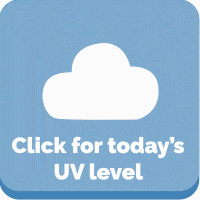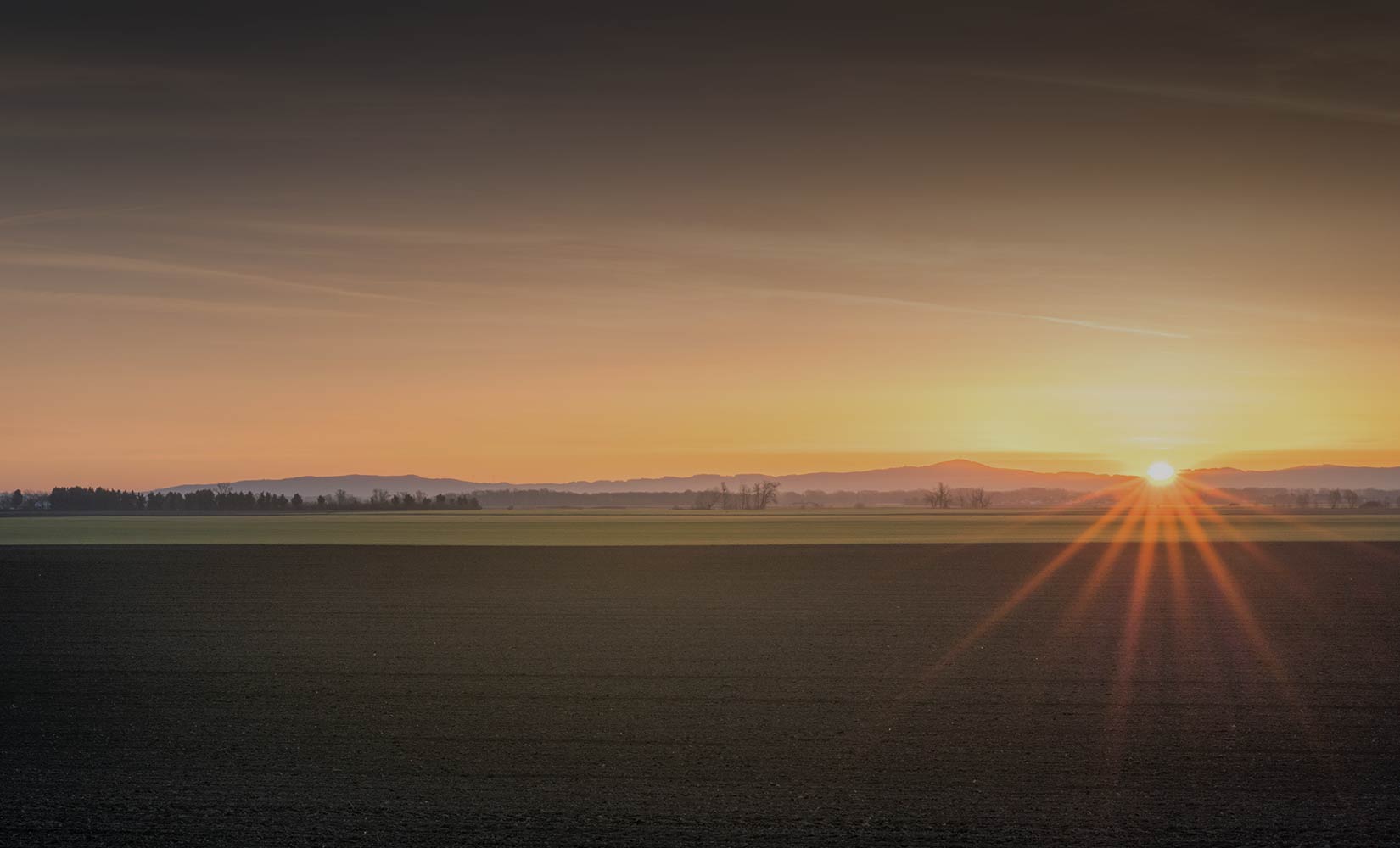
Skin Cancer
How to protect your skin from UV rays – Be UV Aware

Sunburn when you’re younger can increase the risk of skin cancer in later life.
Over-exposure to ultraviolet (UV) light, either from natural sunlight or from artificial sources such as sunbeds, is the main cause of 80% of skin cancers.
As well as increasing your risk of skin cancer, over-exposure to UV rays can speed up skin ageing and the appearance of skin pigmentation spots.
Did you know:
- Over-exposure to UV rays can take 20 years or more to develop into skin cancer?
- UV damage to your skin cells can start even before your skin tans or burns?
- On average every day in Northern Ireland, at least 11 people are told they have skin cancer?
- Rates of melanoma, the most serious type of skin cancer, increase with age, although a significant number of cases occur in people under 35? Michele and Kieran were diagnosed with skin cancer in their 30s. Listen to their stories here.
- The good news is that 4 in 5 cases of skin cancer can be prevented!
Reduce your risk – Be UV Aware Â
To keep safe in the sun when spending time outdoors it’s important to be UV aware. The UV index is a much more accurate way of determining your risk of skin and eye damage than just relying on the air temperature.
In Northern Ireland, UV levels can be high enough to damage your skin even on cool or overcast days between March and October. When the UV index is 3 or more you need to protect your skin and eyes.
Keep track of the daily UV level where you are
The Met Office has a weather app that can help you keep track of the UV levels at your location.
What do the numbers mean?
The UV index has a scale of 0 – 11+ and was developed by the World Health Organisation. there are a number of factors that influence the UV index number including:
- The position of the sun in the sky
- The altitude
- The time of day and time of year
- Cloud cover and other weather conditions
In Northern Ireland the UV index peaks each day between 11am and 3pm. It is 3 or above on many days between March and October and can reach 7 or 8 in mid-summer, higher than you may have thought.
When the UV index is 3 or more you need to protect your skin and eyes. Here’s how.
How to check your skin
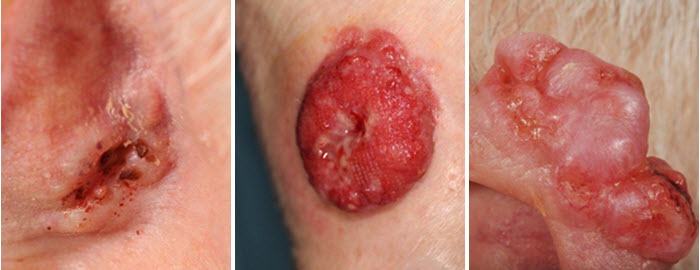
Skin cancer can be quite obvious (like in the images above), but the more serious skin cancer (non-malignant melanoma) is often much less obvious to spot (like the below) and can typically start with a change in a mole or a new growth on normal skin.
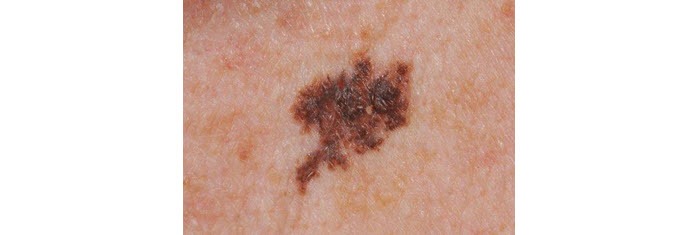
Early detection of skin cancer is very important so you should check your skin regularly, ideally once a month. Get someone to help check difficult to see areas, like your back and the backs of your legs. Don’t forget the soles of your feet, between your toes, your scalp, neck and nails. Here’s what you need to look out for:
ABCDE Mole Check
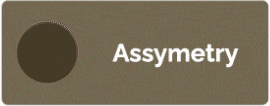
The shape of one half is different to the other.

Irregular blurring of border or ragged edge.

Two or more colours: different shades of brown or presence of black, red or blue alongside the mole’s normal colour.

Any change in size

If in doubt get it checked out by your GP.
For more detailed information on the UV index and what it means for us check out this video.
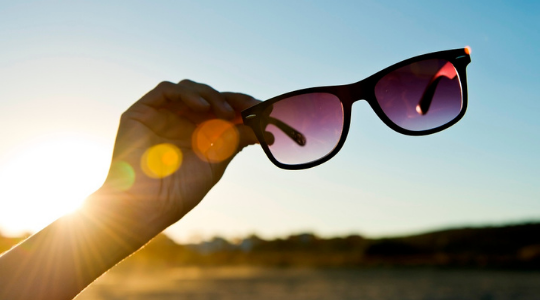
CARE IN THE SUN
RISK FACTORS
Anyone can develop skin cancer, whatever their skin colour. However, certain skin types are more at risk from the effects of UV radiation than others.
SKIN PROTECTION
Too much ultraviolet (UV) light, either from natural sunlight or from artificial sources such as sunbeds, is the main cause of 80% of skin cancers.
SUNBEDS
Sunbeds, tanning booths and sun lamps give out ultraviolet (UV) rays that can damage your skin and can make it look wrinkled, older or leathery.


